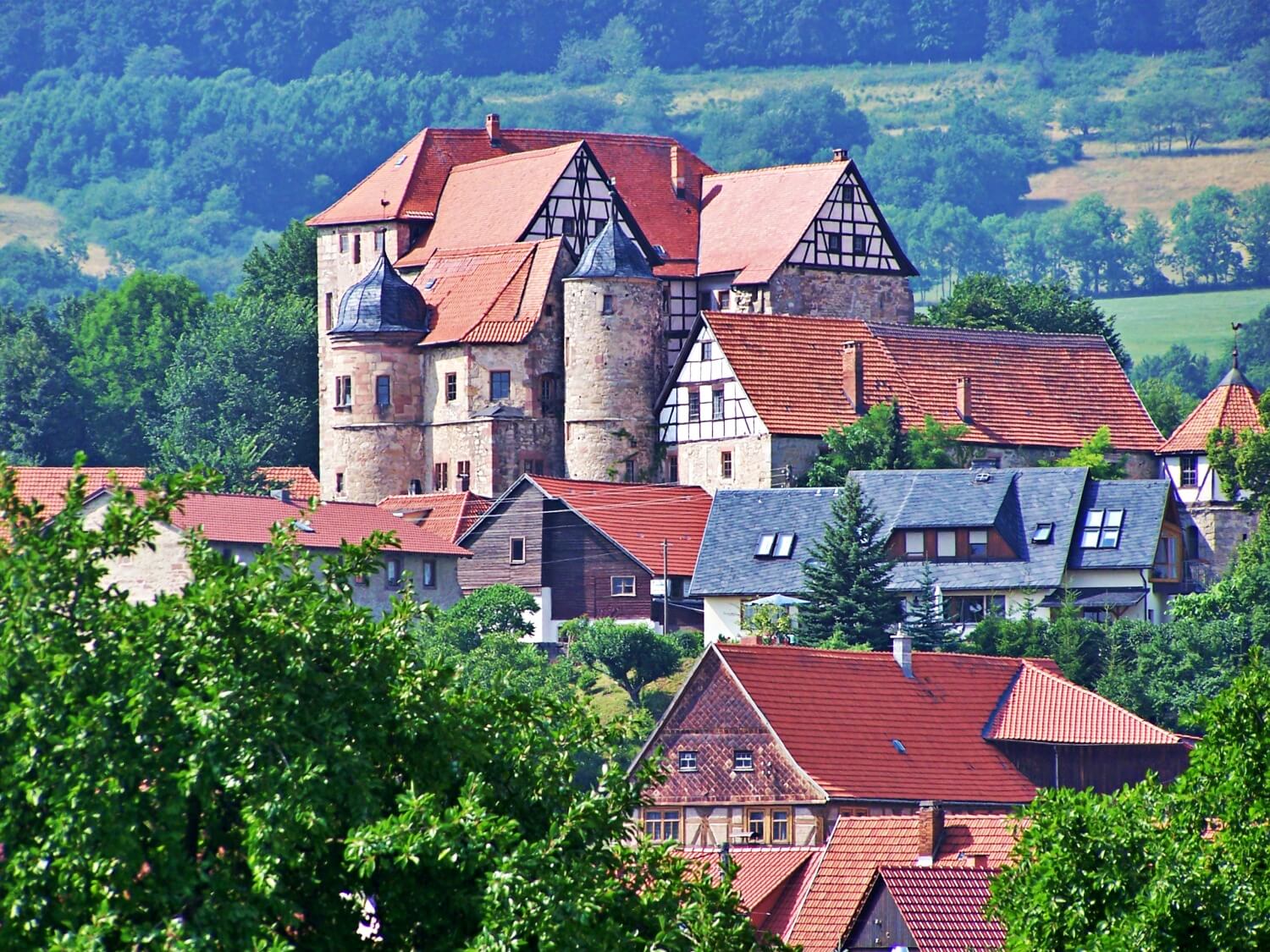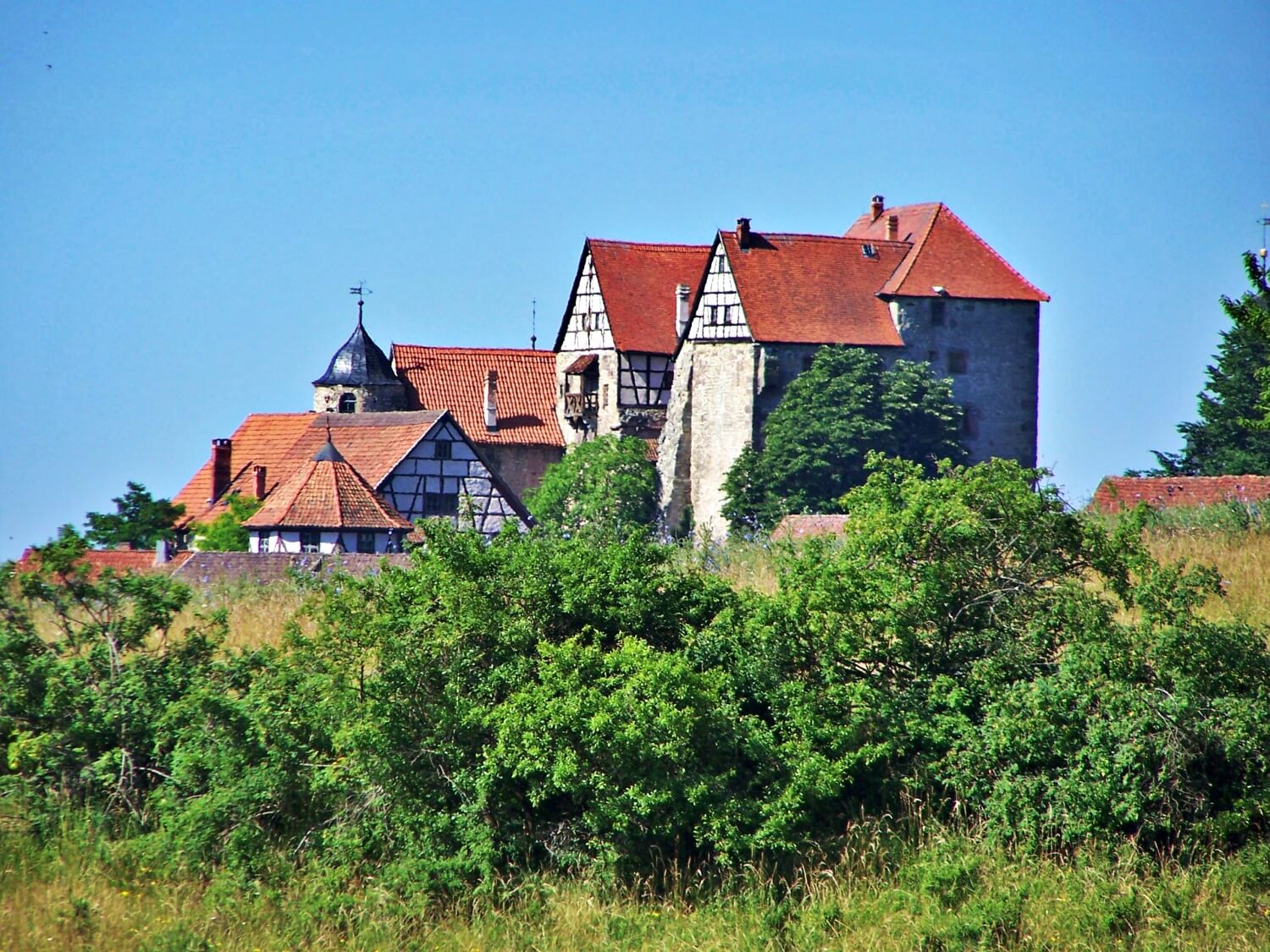Johanniter Castle Kühndorf
Schmalkalden-Meiningen Thüringen Germany
castle, chateau
Johanniterburg Kühndorf
Schmalkalden-Meiningen Thüringen Germany
castle, chateau
The Johanniterburg Kühndorf , later also referred to as Kühndorf Castle , was built in 1315 by the Order of St
Die Johanniterburg Kühndorf, später auch als Schloss Kühndorf bezeichnet, wurde 1315 vom Johanniterorden auf den Resten einer Vorgängerburg als Kastell aus Breitwohntürmen errichtet und durch die Grafen von Henneberg zur letzten Residenz ausgebaut
Previous names
Johanniter Castle Kühndorf, Johanniterburg Kühndorf
Description
The Johanniterburg Kühndorf , later also referred to as Kühndorf Castle , was built in 1315 by the Order of St. John on the remains of a previous castle as a fort made of wide residential towers and expanded to the last residence by the Counts of Henneberg . Since 1991 the castle has been renovated from private funds and can be visited. The Johanniterburg Kühndorf is the only private property on the Thuringia Castle Road .
History
Colonization
The Johanniterburg stands on old settlement land. Already in the Celtic times there was a settlement with a fortification on the Dolmar. After the Celts emigrated, the region was colonized by Germanic people. Up to the Thuringian Forest through the Thuringians, in the Werra Valley but through Franconia. With the colonization of the Franks, ordered villages were created and the first documents appear. Kühndorf is one of the first places in the region to be mentioned in a document: Chunitorpfe appeared as early as 795 in a deed of donation to the Fulda Abbey. Politically, Kühndorf has belonged to the Franconian District, which had its center in Würzburg, since the late Middle Ages.
Lords of Kühndorf
In 1137 a certificate was issued in the Kaiserpfalz in neighboring Rohr , on which the seal of Gottfried von Kühndorf hangs. The first time someone called himself by his last name after this place and one can assume that it is a noble who sat as a knight on a horse during the war and had a knight's seat in Kühndorf.
Predecessor castle
A castle, now owned by the Counts of Henneberg, is mentioned for the first time in 1274. Remains of this stone building can still be seen in today's Castle: The stump of the keep with humpback blocks from the first half of the 13th century and in the walls built spoils . This castle was torn down in 1315 and replaced by a new building for the Order of St. John.
Castle of the Order of St. John
Under Berthold VII, called Berthold the Wise , the county of Henneberg experienced a heyday. Berthold VII was one of the most important domestic political advisors to three German kings and emperors and was temporarily appointed as guardian of the Bohemian king and raised to the rank of imperial prince during this time. Berthold VI., The older brother of Berthold the Wise, was intended for the clergy and entered the Order of St. John in 1291 and held high offices there. In 1315 Berthold the Wise sold to his brother Berthold VI. and the Order of St. John the mountain Dolmar, surrounding villages and explicitly the Kühndorf Castle with the permission to build a new castle there. That the Order of St. John built a castle in the middle of the Henneberger Land is completely unusual, because the order had no military function in Central Europe. Only three other castles of the order are known in the German-speaking area, with Kühndorf remaining as the only one in Germany. As is typical of the order, the Johanniter Castle was laid out as a fort consisting of two wide residential towers. A coat of arms stone from the time of the building shows the division into secular and monastic areas.
Expansion by the Counts of Henneberg-Römhild
After Berthold VI. and his nephew Berthold VIII., who also lived at the Johanniter Castle Kühndorf as the Grand Prior of the German Tongue, died, the order lost interest in the Johanniter Castle. The castle is for sale and will eventually be shared among the various interested parties. In 1444 Georg I von Henneberg-Römhild finally bought all the shares and modernized the castle for a defense with firearms by placing a kennel with five towers around the castle.
Residence of the Counts of Henneberg-Schleusingen
The Römhilder line died out with Hermann VIII in 1549 and the Johanniterburg Kühndorf became the property of the Henneberg-Schleusingen line. Under Wilhelm IV von Henneberg-Schleusingen, a district court was set up for the surrounding villages in Kühndorf. His son Georg Ernst even moved his residence to the Johanniterburg Kühndorf for a short time in 1569. In 1583 the family died out with Georg Ernst von Henneberg-Schleusingen.
Inheritance from the dukes of Saxony
In 1583 the Dukes of Saxony inherited the Henneberger Land, who in Kühndorf only had the administrative and court seat of the Kühndorf office , so that the Johanniter Castle fell into a deep slumber. In addition to small modifications in the Torburg , the Johanniter Castle was preserved in the late Gothic style. At the Congress of Vienna in 1815 the Kühndorf office was ceded to Prussia and from then on belonged to the Province of Saxony .
Owner of the castle from 1900 to 1945
In 1902 Prussia sold the lower castle to Michael Keßler, a farmer from Kühndorf, who divided the castle among his six daughters and gave the upper castle to Rittmeister Simon. In 1920 the upper castle was sold to Dr. Treupel, a doctor from Jena, who set up a weapons room, a restaurant and a hostel here. In 1945 the upper castle was expropriated and became public property under the legal ownership of the municipality. In the post-war years, refugees and resettlers were quartered and school meals were set up.
Todays use
In 1991 Johann-Friedrich and Gudula von Eichborn , who also renovated Friesenhausen Castle in Lower Franconia, bought the upper castle from the community and the lower castle from private hands. Extensive renovation and maintenance work followed. The historical substance was exposed again and the castle was opened for sightseeing. In 2006 Konstantin and Sophie von Eichborn moved to Kühndorf and took over the management of the castle from their parents until 2013. Today the Johanniterburg is mainly used for family celebrations such as weddings, birthdays and family get-togethers or holiday stays. There are also guided tours and the so-called castle revitalization with actors in historical costumes and with old equipment.
The Johanniter Castle was the location for the fairy tale film “ Little Brother and Sister (2008) ” and the horror film “ Sin Reaper 3D ” (2012).
https://second.wiki
Die Johanniterburg Kühndorf, später auch als Schloss Kühndorf bezeichnet, wurde 1315 vom Johanniterorden auf den Resten einer Vorgängerburg als Kastell aus Breitwohntürmen errichtet und durch die Grafen von Henneberg zur letzten Residenz ausgebaut. Seit 1991 wurde die Burg aus privaten Mitteln renoviert und kann besichtigt werden. Die Johanniterburg Kühndorf ist das einzige private Objekt der Burgenstraße Thüringen.
Geschichte
Besiedlung
Die Johanniterburg steht auf altem Siedlungsgrund. Schon in der Keltenzeit gab es auf den Dolmar eine Siedlung mit Befestigungsanlage. Nach Abwanderung der Kelten wurde die Region germanisch besiedelt. Bis zum Thüringer Wald durch die Thüringer, im Werratal aber durch Franken. Mit Besiedlung der Franken wurden geordnete Dörfer angelegt und es erscheinen erste Urkunden. Kühndorf ist einer der ersten Orte, die hier in der Region urkundlich erwähnt werden: Bereits 795 erscheint Chunitorpfe in einer Schenkungsurkunde an die Abtei Fulda. Politisch gehörte Kühndorf seit dem Spätmittelalter zum Fränkischen Kreis, das sein Zentrum in Würzburg hatte.
Herren von Kühndorf
Im Jahr 1137 wurde in der Kaiserpfalz im benachbarten Rohr eine Urkunde ausgestellt, an der das Siegel eines Gottfrieds von Kühndorf hängt. Das erste Mal nennt sich jemand mit Nachnamen nach diesem Ort und man kann davon ausgehen, dass es sich um einen Adligen handelt, der im Krieg als Ritter auf einem Pferd saß und in Kühndorf einen Rittersitz hatte.
Vorgängerburg
1274 wird erstmals eine Burg, nun im Besitz der Grafen von Henneberg erwähnt. Reste dieses Steinbaus sind in der heutigen Burg noch zu sehen: Der Stumpf des Bergfrieds mit Buckelquadern aus der ersten Hälfte des 13. Jahrhunderts und in den Wänden verbaute Spolien. Diese Burg wurde aber 1315 abgerissen und durch einen Neubau des Johanniterordens ersetzt.
Burg des Johanniterordens
Unter Berthold VII. genannt Berthold der Weise, erlebte die Grafschaft Henneberg eine Blütezeit. Berthold VII. war einer der wichtigsten innenpolitischen Berater von drei deutschen Königen und Kaisern und zeitweilig als Vormund des böhmischen Königs eingesetzt und in dieser Zeit in den Stand eines Reichsfürsten erhoben. Berthold der VI., der ältere Bruder von Berthold dem Weisen, war für den geistlichen Stand vorgesehen und trat 1291 in den Johanniterorden ein und bekleidete dort hohe Ämter. 1315 verkauft Berthold der Weise an seinen Bruder Berthold VI. und dem Johanniterorden den Berg Dolmar, umliegende Dörfer und explizit die Burg Kühndorf mit der Genehmigung, dort eine neue Burg zu errichten. Dass der Johanniterorden mitten im Henneberger Land eine Burg erbaut ist völlig ungewöhnlich, denn der Orden hatte in Mitteleuropa keine militärische Funktion. Man kennt nur drei weitere Burgen des Ordens im deutschen Sprachraum, wobei Kühndorf als einzige in Deutschland erhalten blieb. Die Johanniterburg wurde ordenstypisch als Kastell aus zwei Breitwohntürmen angelegt. Ein Wappenstein aus der Erbauerzeit zeigt die Trennung in säkularen und klösterlichen Bereich.
Ausbau durch die Grafen von Henneberg-Römhild
Nachdem Berthold VI. und sein Neffe Berthold VIII., der als Großprior der Deutschen Zunge auch auf der Johanniterburg Kühndorf lebte, gestorben waren, verlor der Orden das Interesse an der Johanniterburg. Die Burg steht zum Verkauf und wird schließlich unter den verschiedenen Interessenten aufgeteilt. 1444 kaufte Georg I. von Henneberg-Römhild schließlich alle Anteile auf und modernisiert die Burg für eine Verteidigung mit Feuerwaffen, indem er eine Zwingeranlage mit fünf Türmen um die Burg legt.
Residenz der Grafen von Henneberg-Schleusingen
Die Römhilder Linie starb mit Hermann VIII. 1549 aus und die Johanniterburg Kühndorf geht in den Besitz der Linie Henneberg-Schleusingen über. Unter Wilhelm IV. von Henneberg-Schleusingen wird ein Amtsgericht für die umliegenden Dörfer in Kühndorf eingerichtet. Sein Sohn Georg Ernst verlegte 1569 für kurze Zeit sogar seine Residenz auf die Johanniterburg Kühndorf. 1583 stirbt mit Georg Ernst von Henneberg-Schleusingen das Geschlecht aus.
Ererbung durch die Herzöge zu Sachsen
Das Henneberger Land erbten 1583 die Herzöge zu Sachsen, die in Kühndorf nur noch den Verwaltungs- und Gerichtssitz des Amtes Kühndorf hatten, so dass die Johanniterburg in einen Dornröschenschlaf fiel. Neben kleinen Umbauten in der Torburg blieb die Johanniterburg im Charakter der Spätgotik erhalten. Beim Wiener Kongress 1815 wird das Amt Kühndorf an Preußen abgetreten und gehörte fortan zur Provinz Sachsen.
Eigentümer der Burg 1900 bis 1945
Im Jahr 1902 verkaufte Preußen die Unterburg an Michael Keßler, einen Bauern aus Kühndorf, der die Burg unter seinen sechs Töchtern aufteilte und die Oberburg an Rittmeister Simon gab. 1920 wurde die Oberburg weiterverkauft an Dr. Treupel, einen Jenaer Arzt, der hier einen Waffensaal, eine Gaststätte und Herberge einrichtete. 1945 wurde die Oberburg enteignet und kam in Volkseigentum unter Rechtsträgerschaft der Gemeinde. In den Nachkriegsjahren wurden Flüchtlinge und Aussiedler einquartiert und die Schulspeisung wurde eingerichtet.
Heutige Nutzung
1991 kauften Johann-Friedrich und Gudula von Eichborn, die auch Schloss Friesenhausen in Unterfranken saniert haben, die Oberburg von der Gemeinde und die Unterburg aus privater Hand. Es folgten umfangreiche Renovierungs- und Instandhaltungsmaßnahmen. Die historische Substanz wurde wieder freigelegt und die Burg für Besichtigungen geöffnet. 2006 zogen Konstantin und Sophie von Eichborn nach Kühndorf und übernahmen bis 2013 die Bewirtschaftung der Burg von den Eltern. Heute wird die Johanniterburg vor allem für Familienfeiern wie Hochzeiten, Geburtstage und Familientreffen oder Ferienaufenthalte genutzt. Zudem gibt es Führungen und die sogenannte Burgbelebung mit Darstellern in historischen Kostümen und mit alter Ausrüstung.
Die Johanniterburg war Drehort für den Märchenfilm „Brüderchen und Schwesterchen (2008)“ und den Horrorfilm „Sin Reaper 3D“ (2012).
Useful information
Gratis
6.00 EUR
Ermäßigt: 3.00 EUR
auf Anfrage
kontakt@johanniterburg.de
- Privateigentum (Veranstaltungsorganisation)
- Führungen nach Vereinbarung
-
External links
Nearby castles
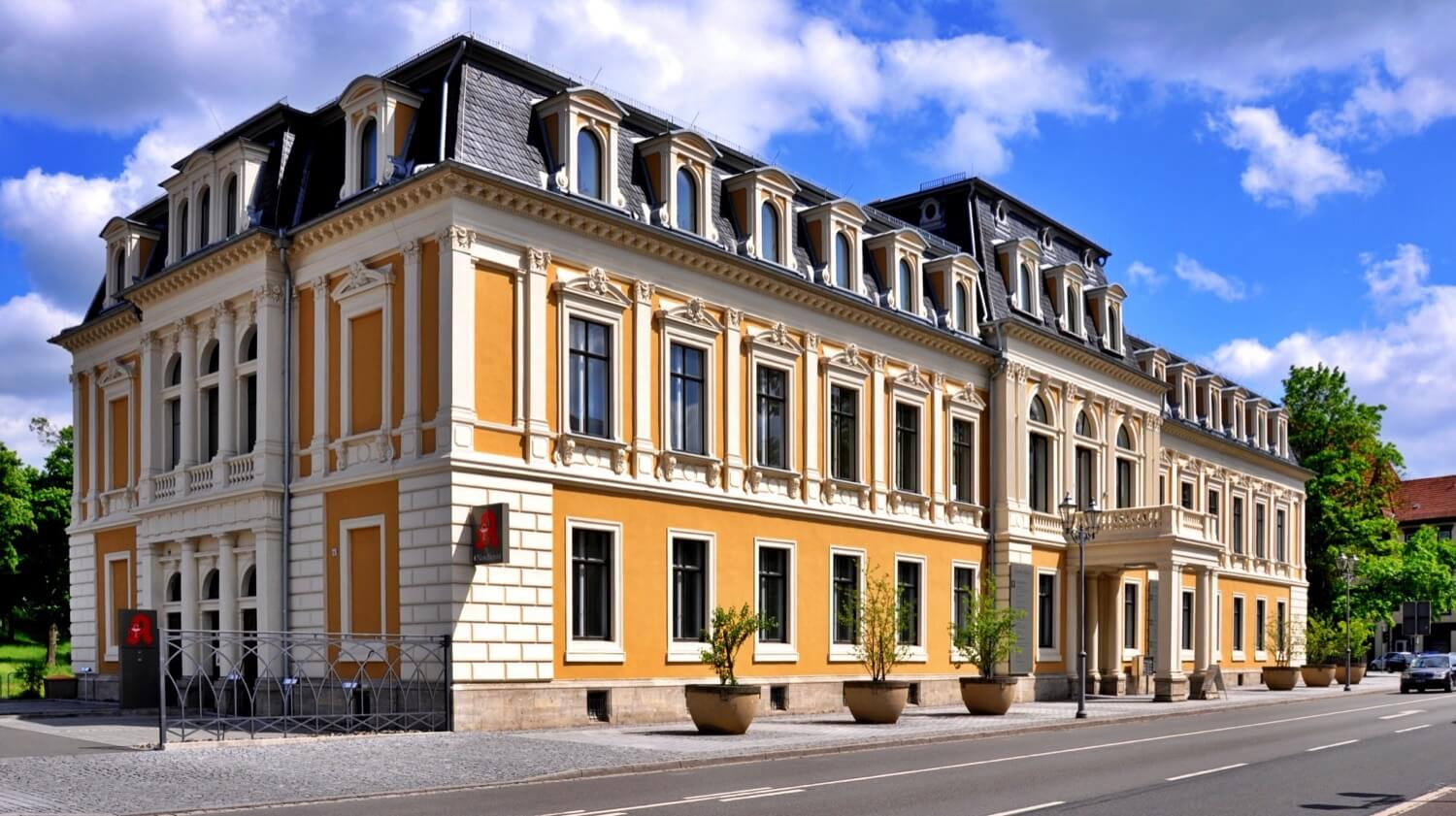
Great Palace (Meiningen)
Schmalkalden-Meiningen
6.8km
manor, mansion
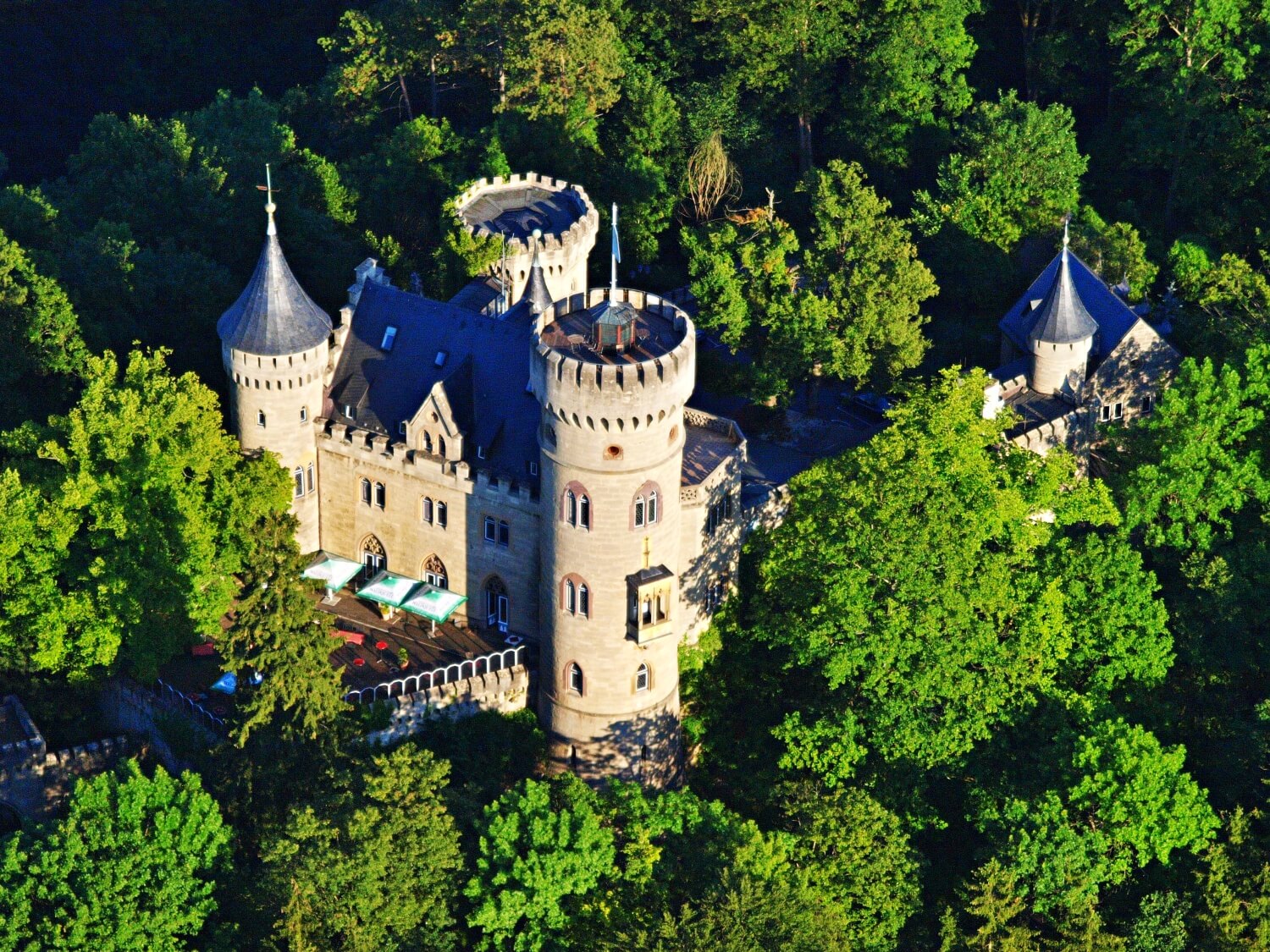
Schloss Landsberg (Meiningen)
Schmalkalden-Meiningen
6.9km
castle, chateau
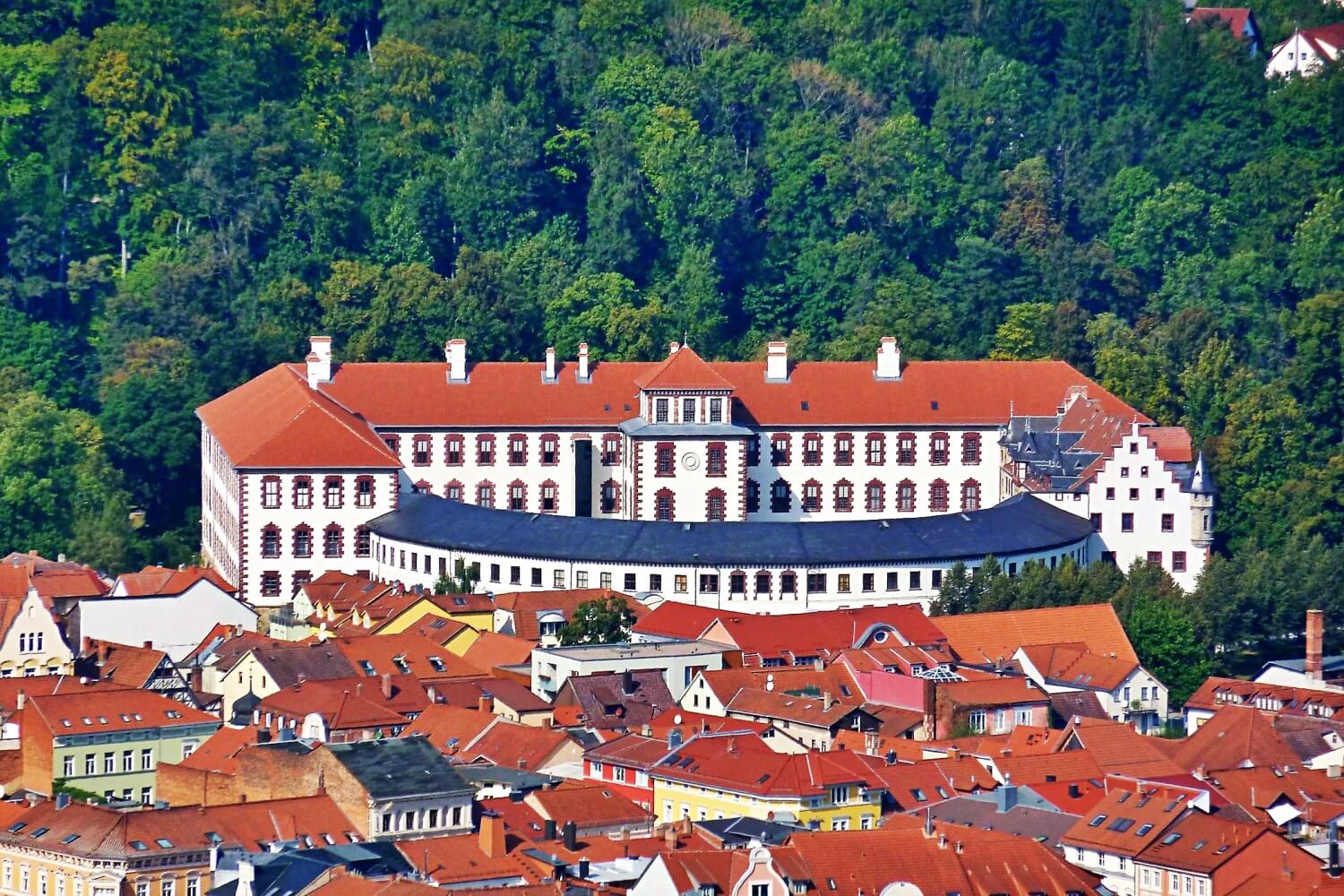
Schloss Elisabethenburg
Schmalkalden-Meiningen
7.1km
castle, chateau
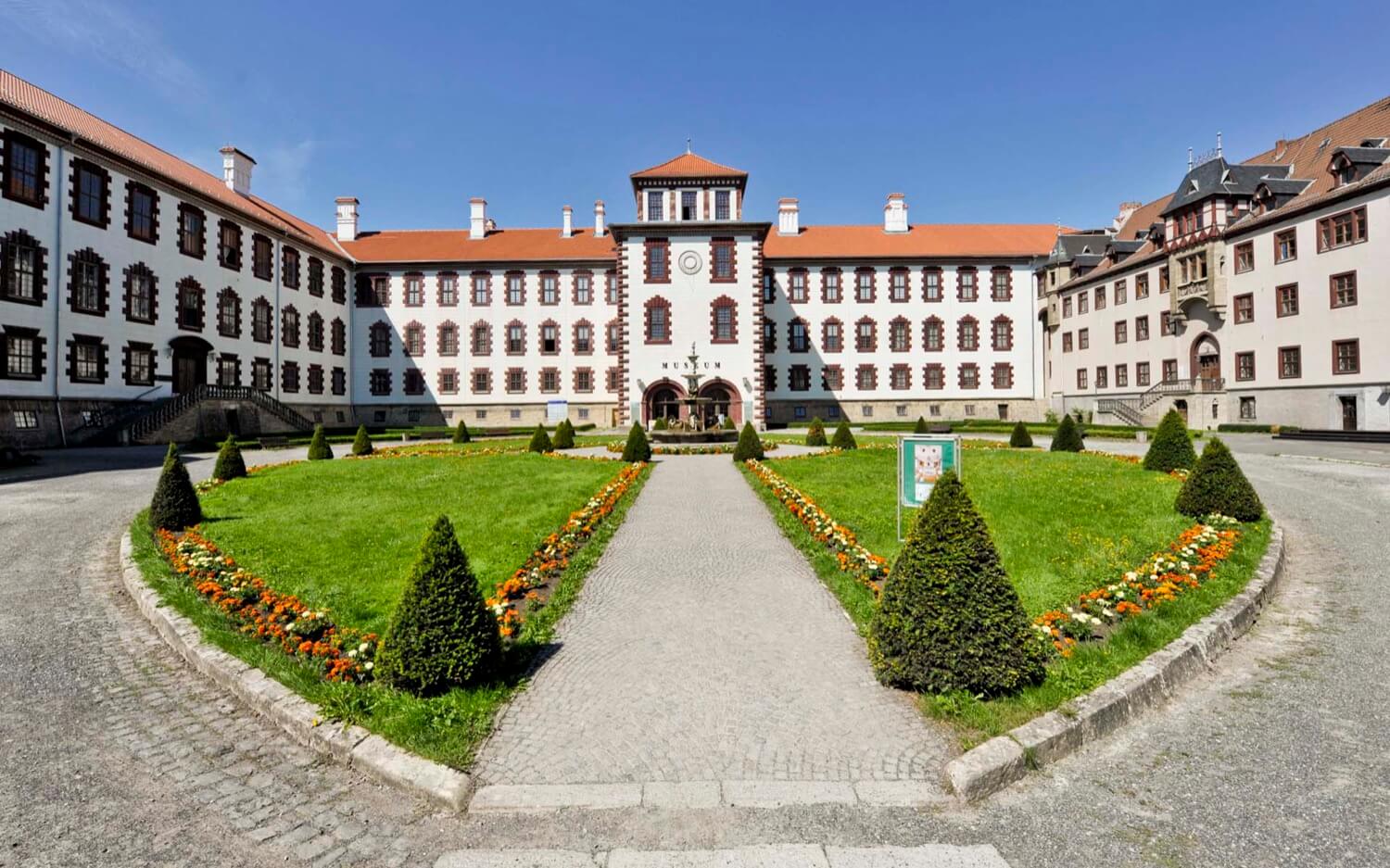
Elisabethenburg Palace
Schmalkalden-Meiningen
7.1km
manor, mansion
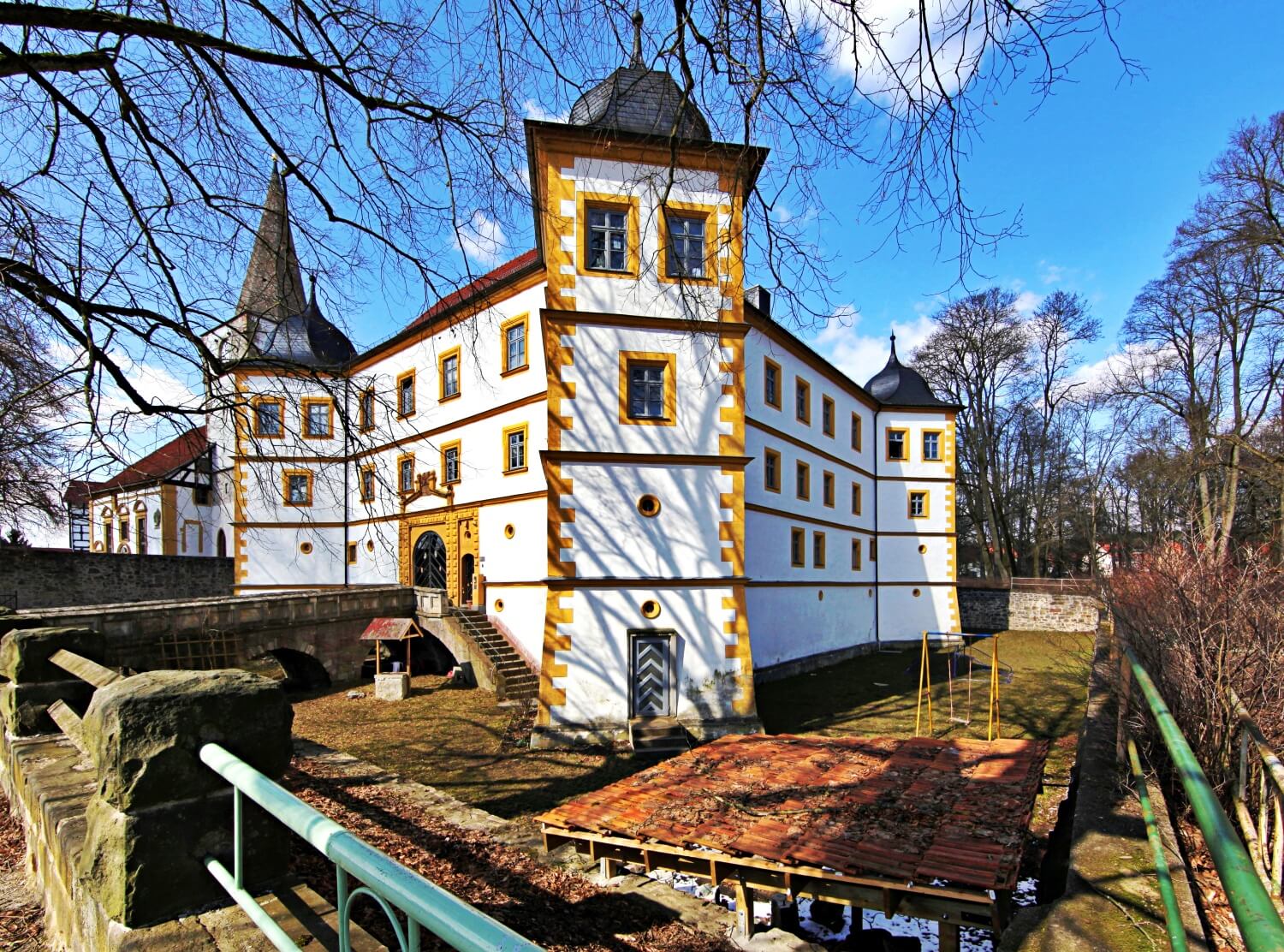
Schloss Marisfeld
Hildburghausen
8.3km
castle, chateau
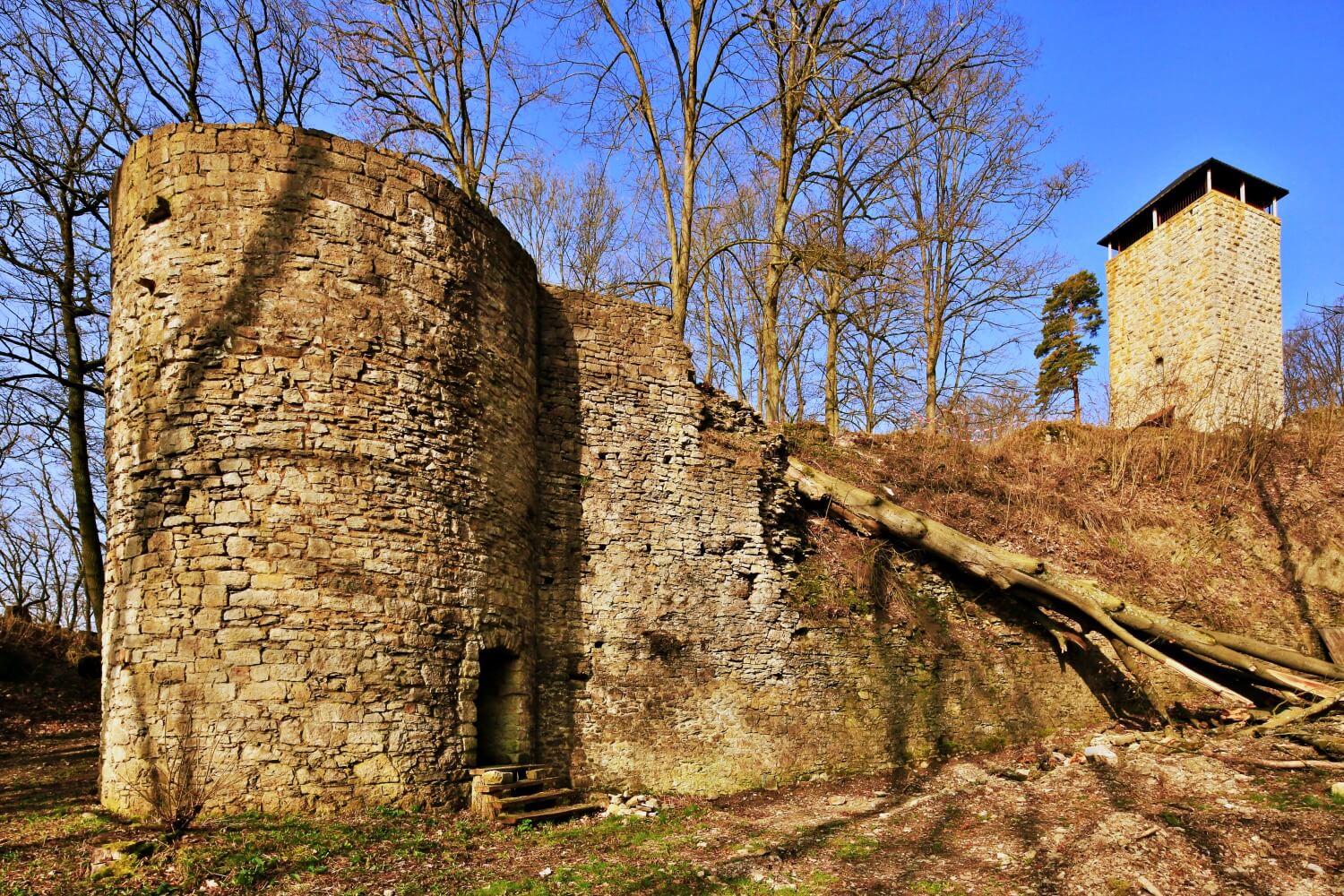
Burgruine Osterburg (Henfstädt)
Hildburghausen
12.3km
castle, chateau
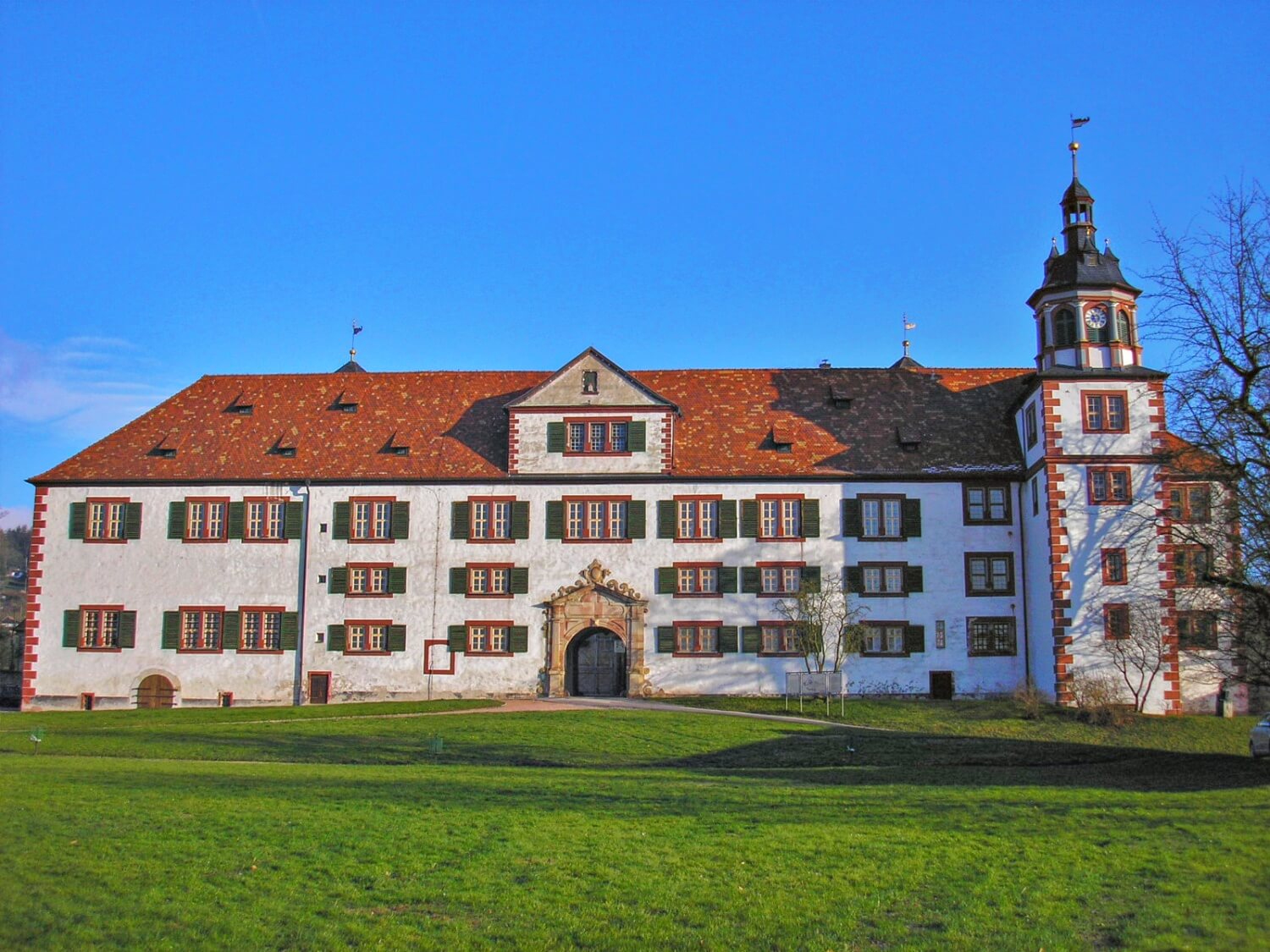
Wilhelmsburg Castle
Schmalkalden-Meiningen
12.9km
castle, chateau
